Photos: Seized Elephant Ivory Reveals How Massive Cartels Operate
Picture of loss
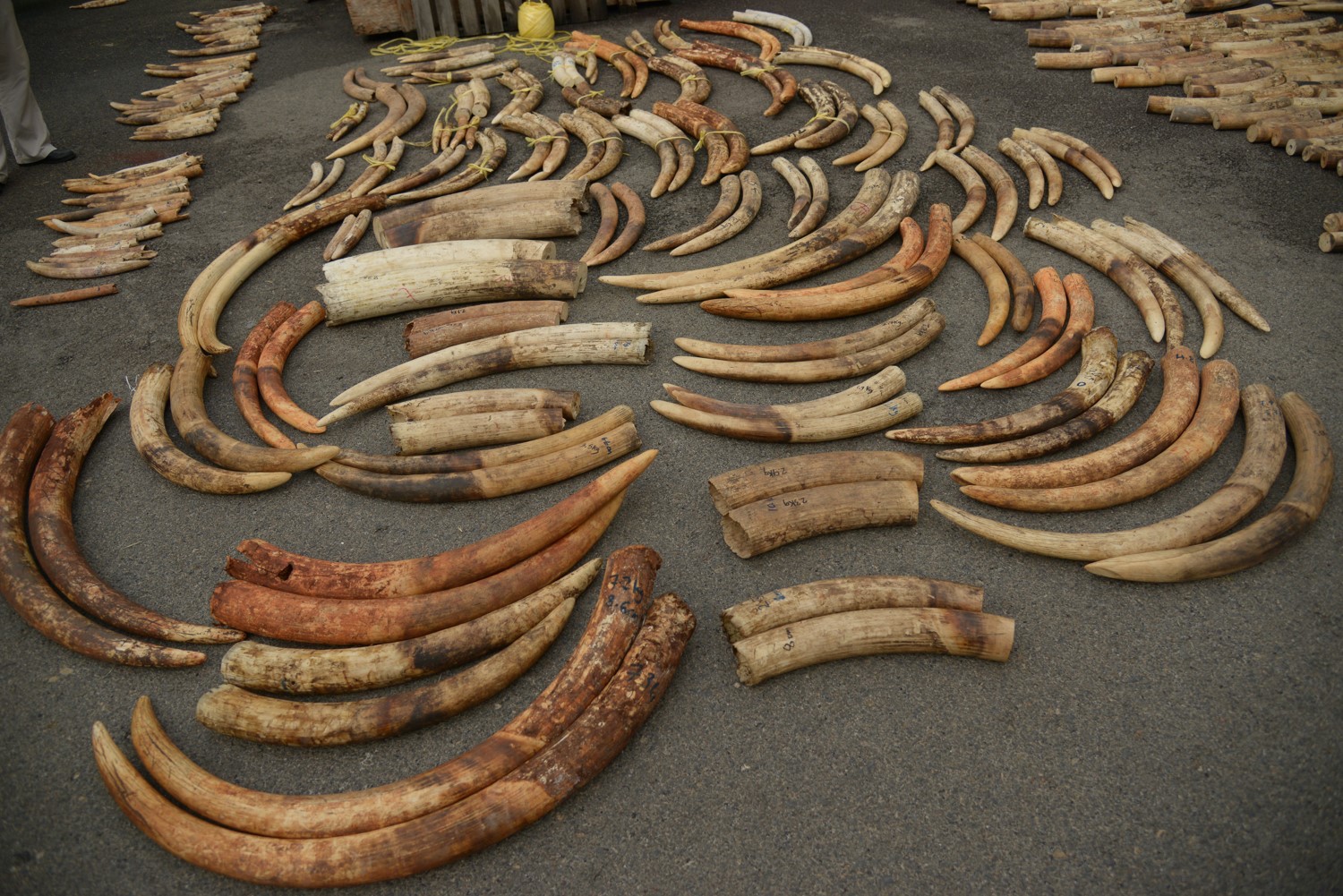
Researchers are analyzing the DNA from seized elephant tusks to better understand how ivory cartels operate. Conservation biologist Samuel Wasser, a professor of biology at the University of Washington, and his team developed a process to locate tusk pairs. Here, pairs of tusks from a 2015 ivory seizure in Singapore have been paired and laid out.
[Read more about how the ivory cartels operate]
A tender moment
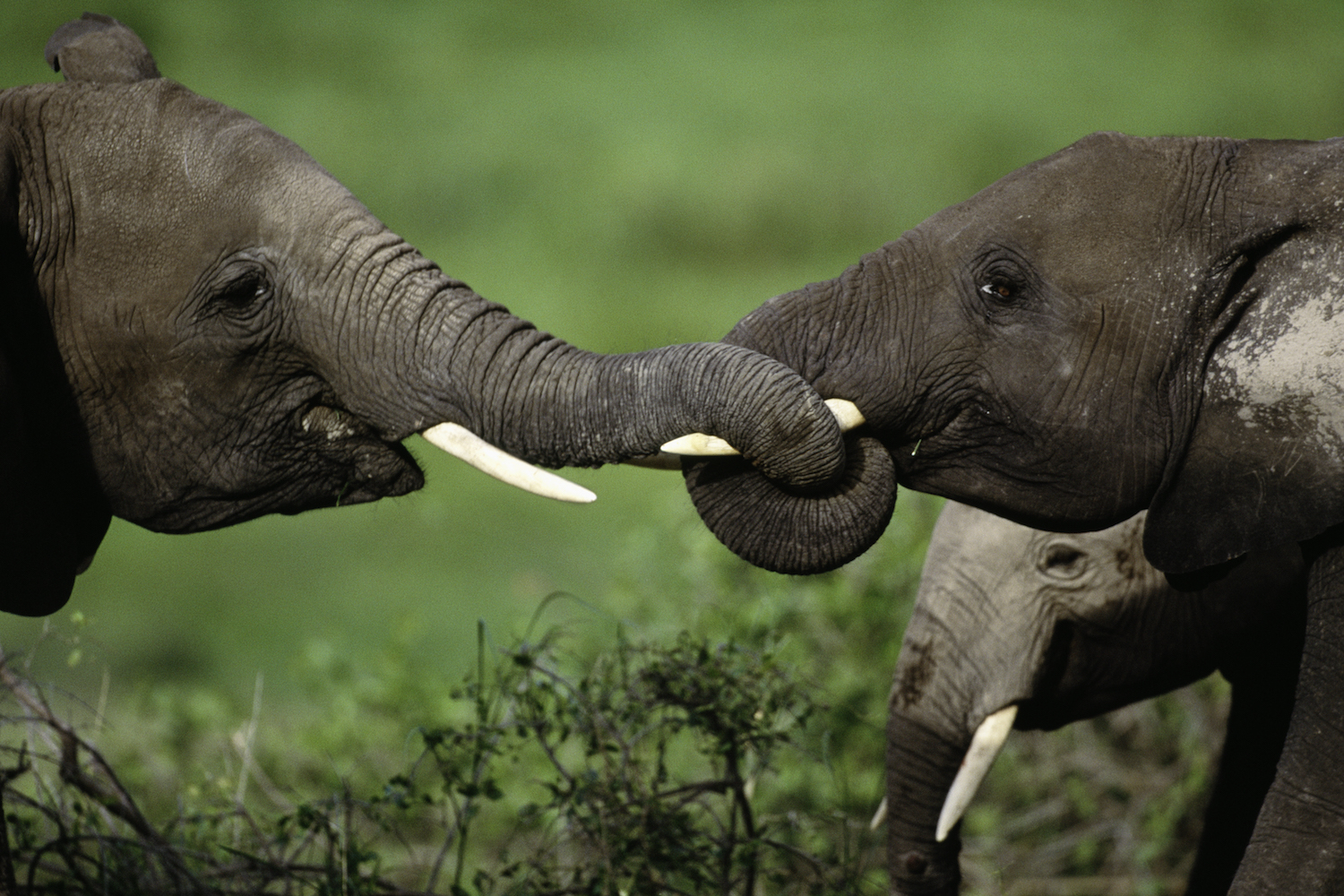
At Amboseli National Park in Kenya, two African elephants intertwine their trunks.
Inspection
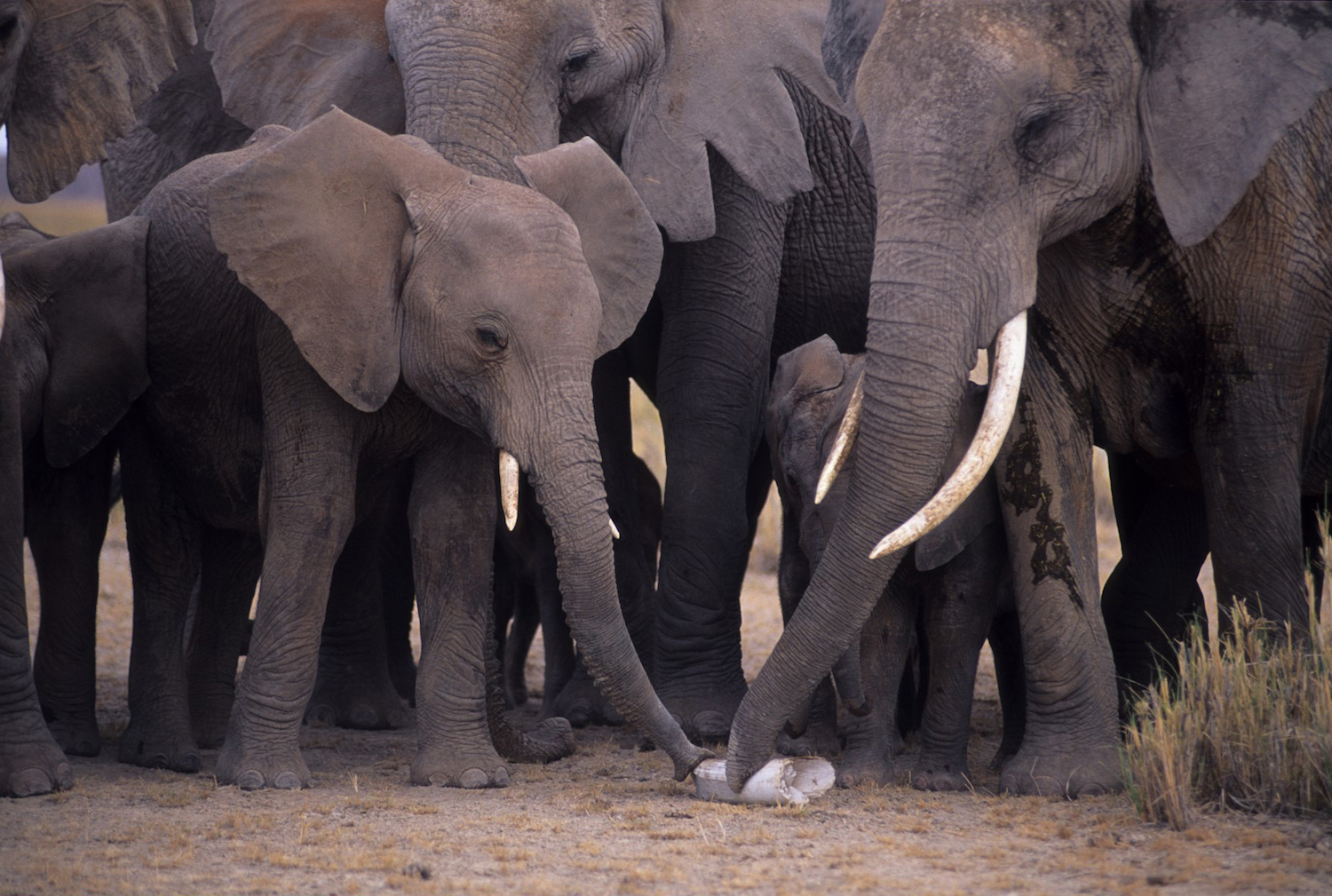
Elephants use their trunks to examine a fellow African elephant's bone.
Detectives' connection
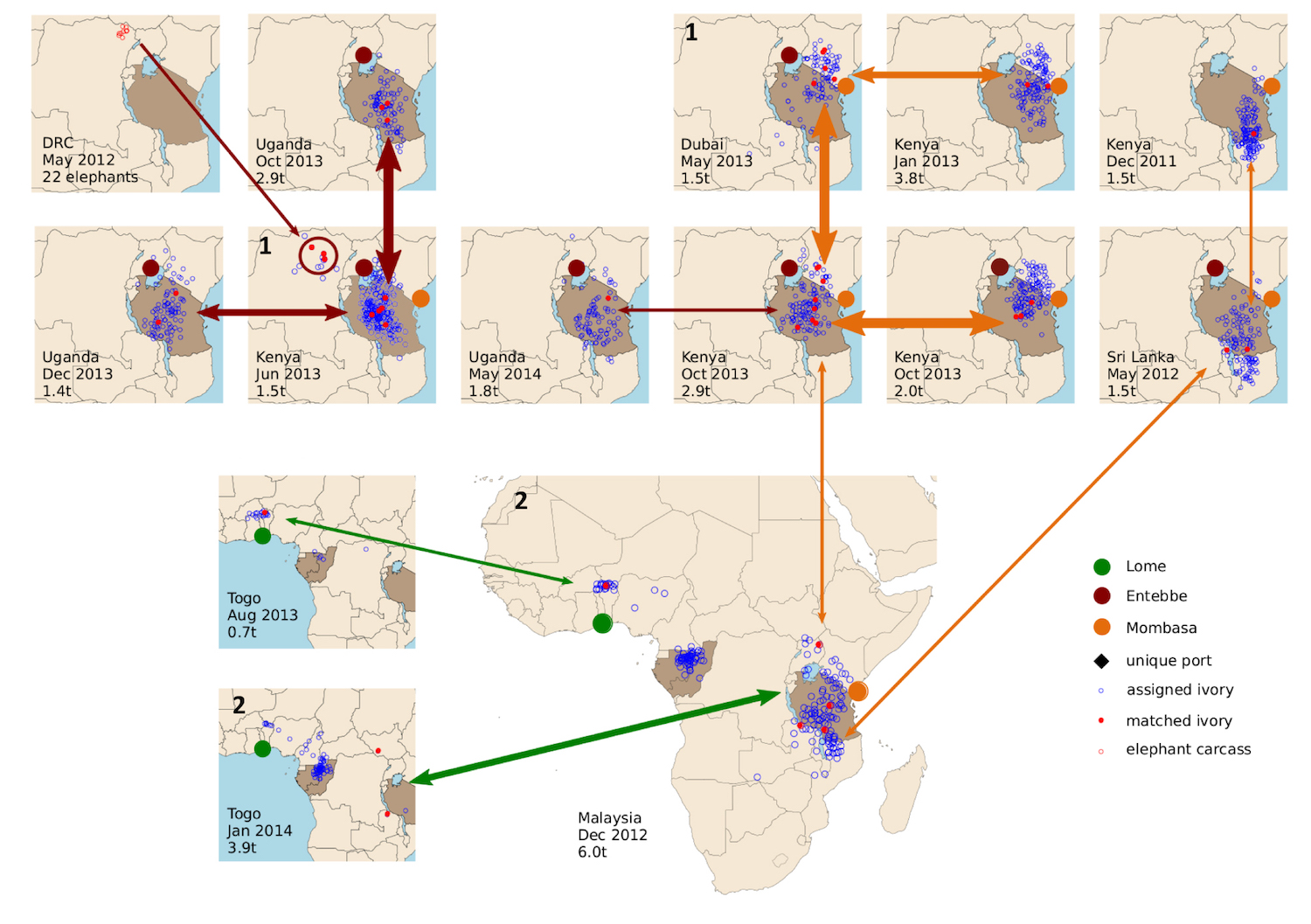
Wasser's process to identify and pair tusks from poached elephants uses DNA testing to match the pairs smuggled in separate shipments to the same smugglers. The maps indicate different deliveries — showing location, date and weight of the seizure. Using the process, geographic origins of the tusks are determined, as noted by the blue circles. Using open red circles, some of the recovered tusks have been matched to a number of poached elephant corpses. Connection of tusk pairs are notated by double-headed arrows.
Evidence of crime
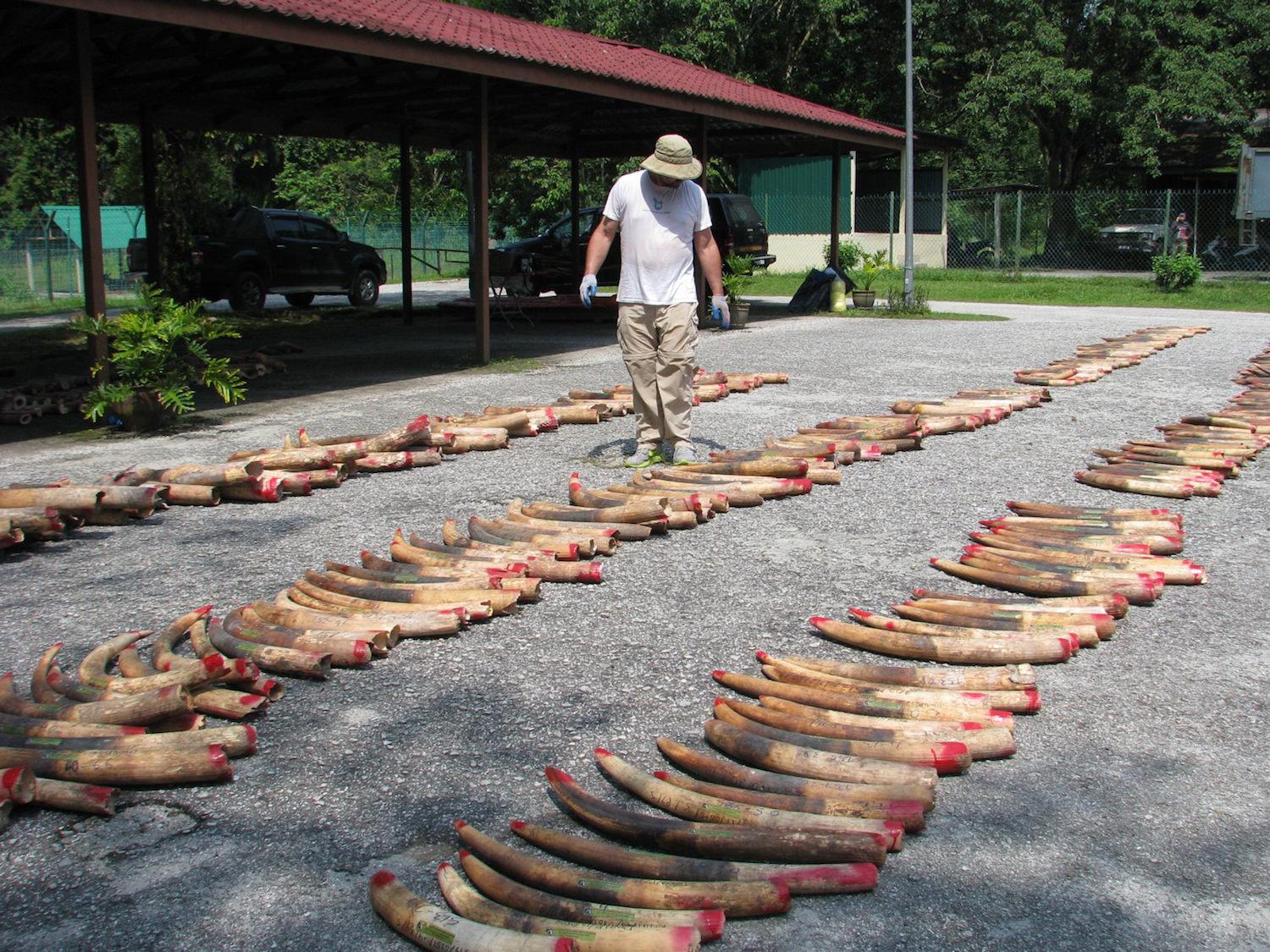
A 2012 ivory seizure in Malaysia yielded these tusks.
Scrutiny in action
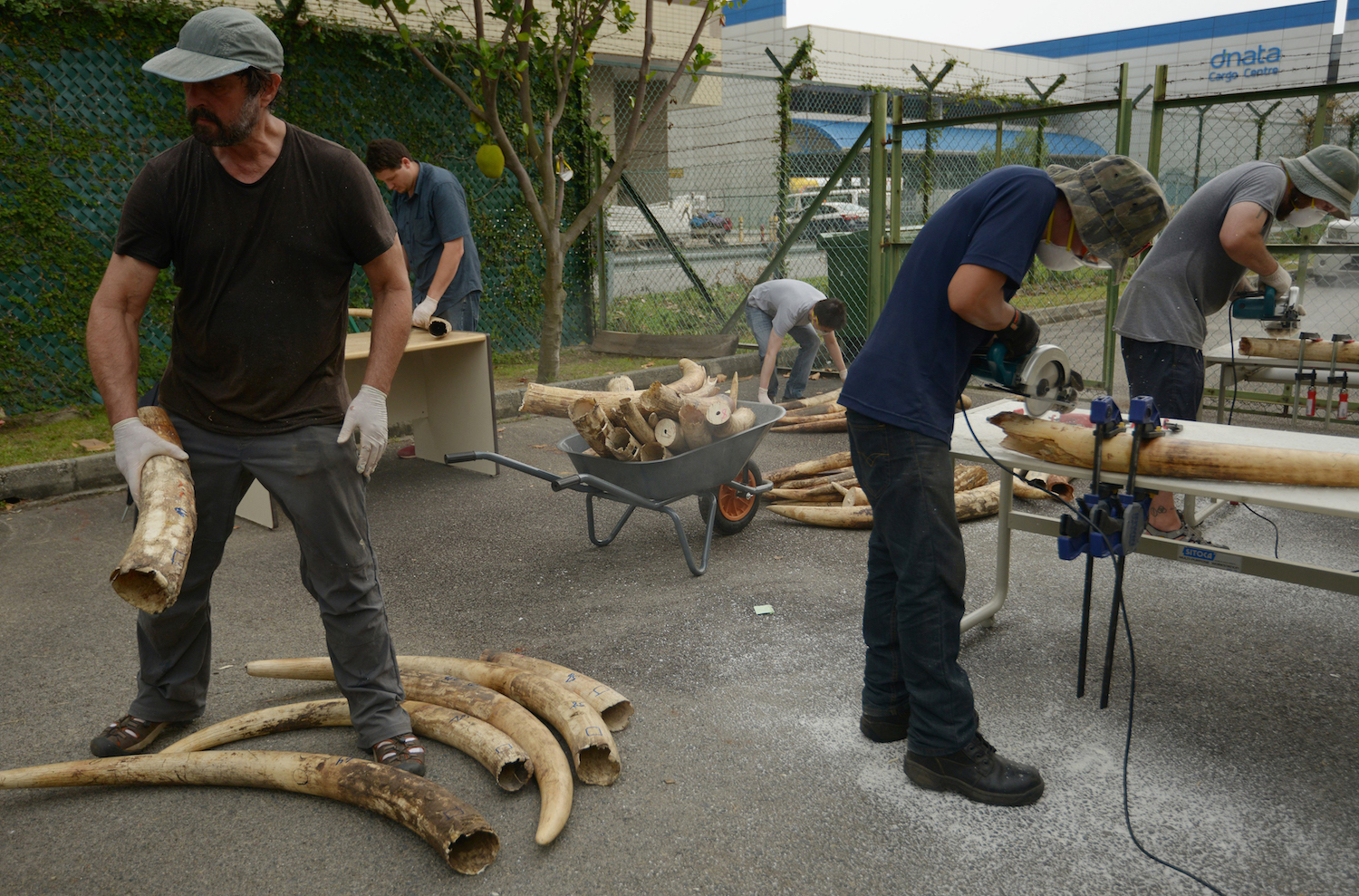
Wasser and his team conduct a forensic analysis on ivory to determine the origins of 4.6 tons of ivory seized in Singapore in 2015. The containers were being shipped from Mombasa, Kenya, to Vietnam.
Gathering samples
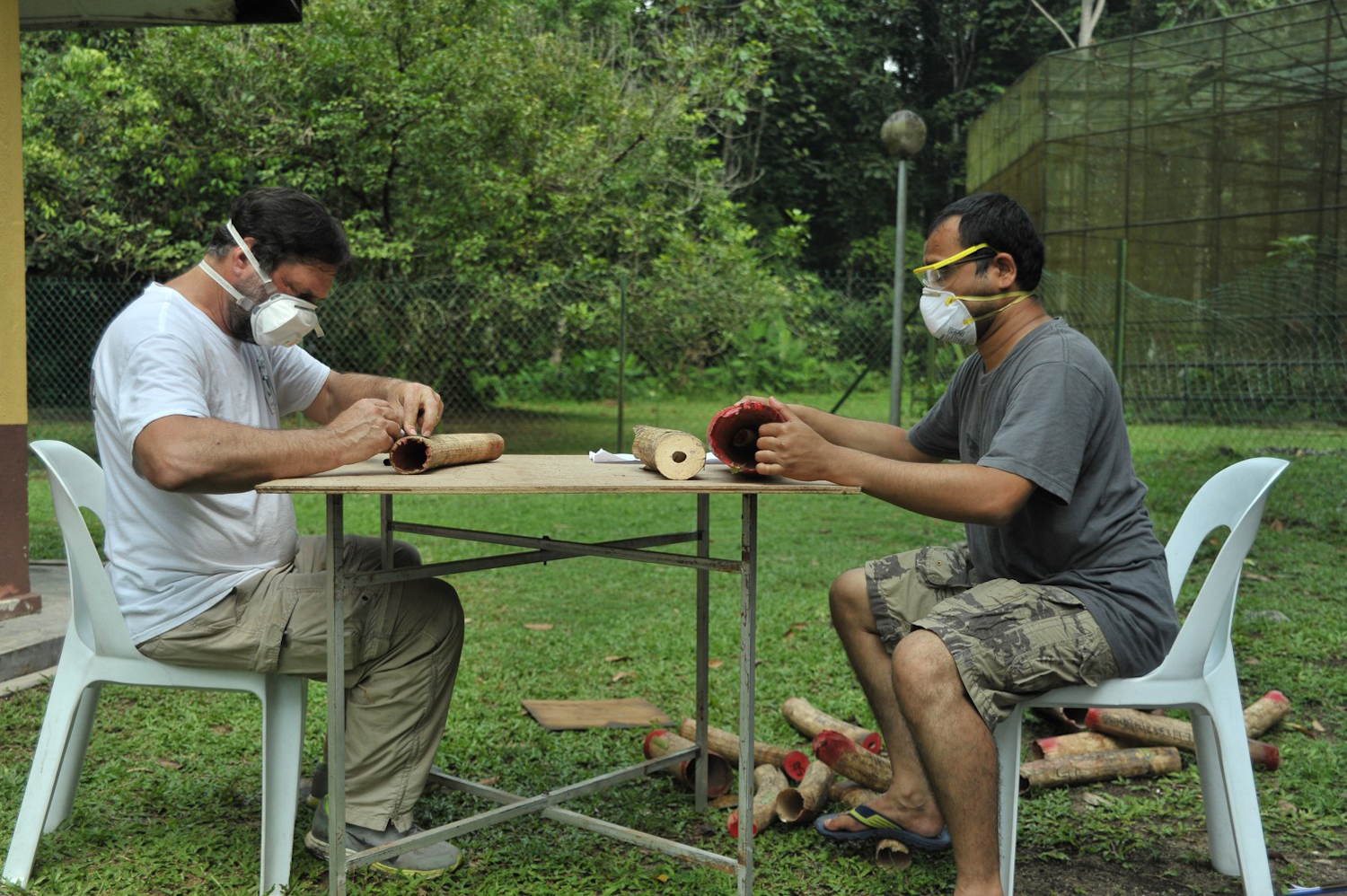
Standing to the left, Wasser works with his team to collect samples of tusks from the 2014 seizure in Malaysia.
Read more about how the ivory cartels operate]
Sign up for the Live Science daily newsletter now
Get the world’s most fascinating discoveries delivered straight to your inbox.
Searching for DNA
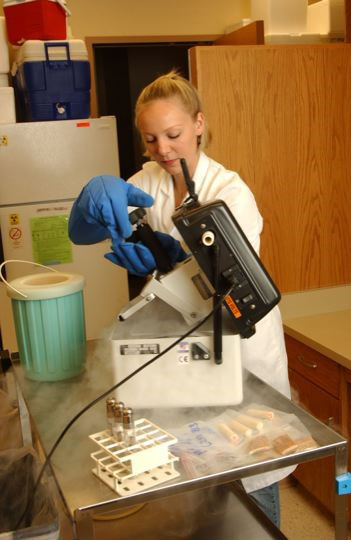
The process developed by Wasser and his team came from a need to collect DNA from ivory without the genetic material degrading. First the tusk sample is frozen in liquid nitrogen. Then tiny magnets crush the frozen sample, allowing the DNA to remain intact. Here, a staff member processes a piece of ivory.
The leader
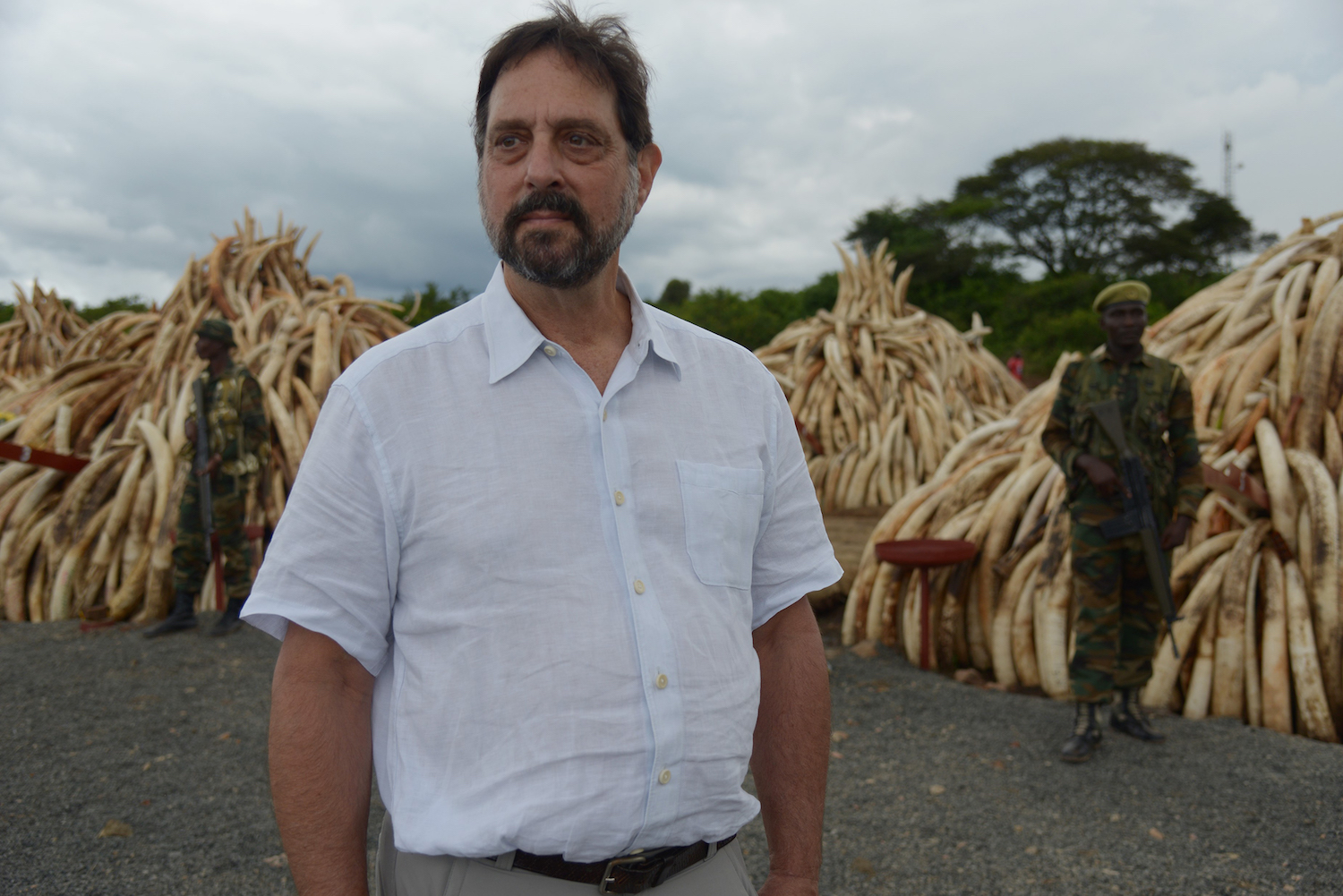
In Kenya in April 2016, thousands of tusks were burned; some of these captured pieces were sampled by Samuel Wasser, seen here, and his team for forensic analysis.
Following the animals
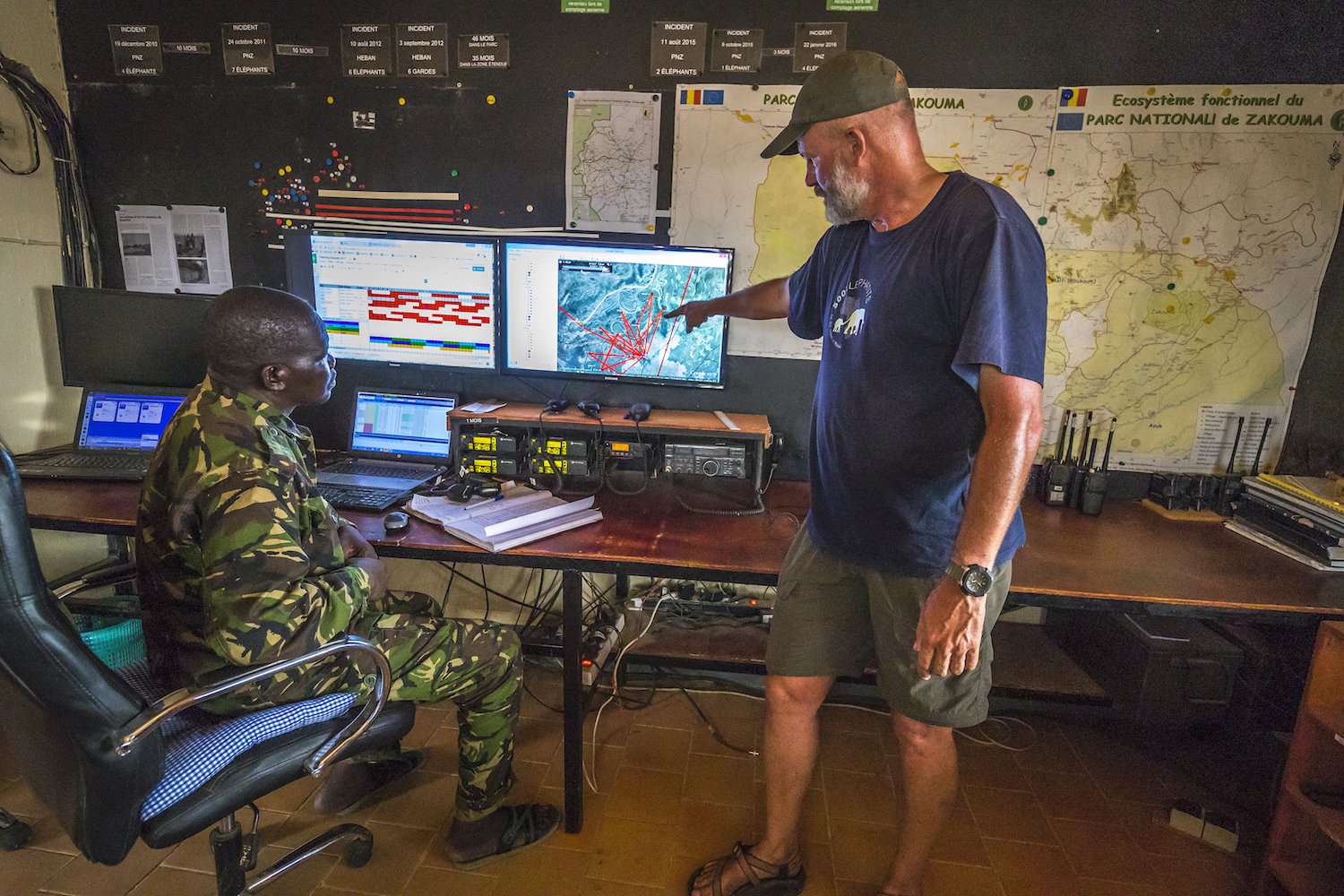
At Zakouma National Park in Chad, a ranger examines the wildlife tracking system.
Brave defenders
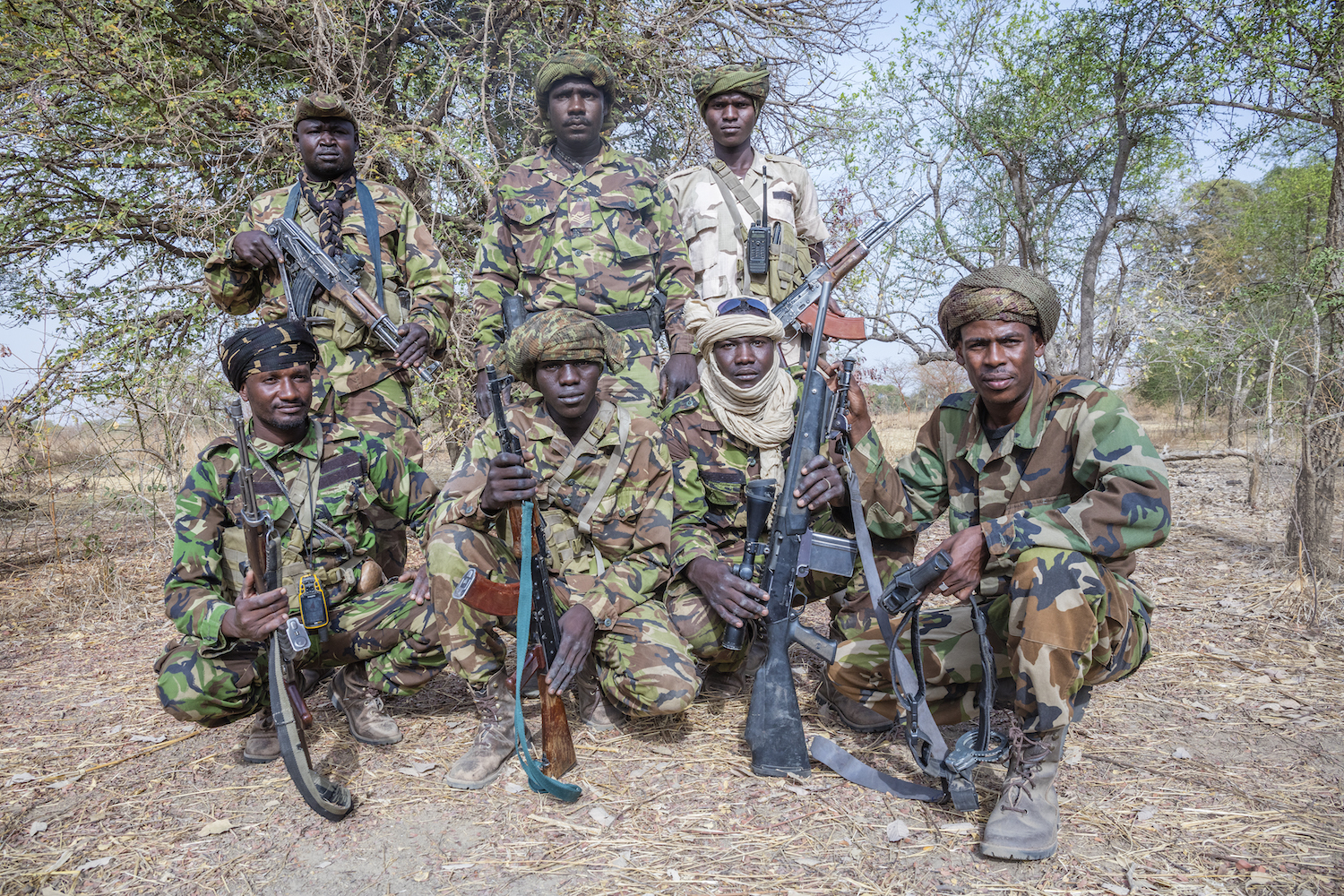
Zakouma National Park's rangers pose for a photo.










